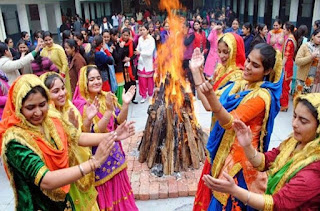The festival of Dussehra also called Vijayadashmi is celebrated every year by the Hindu people all over the country. It falls every year in the month of September or October before twenty days of Diwali festival. It is celebrated by the Hindu people in the happiness of winning of Lord Rama over the demon king Ravana. The festival of Dussehra indicates the victory of truth over evil power. The day Lord Rama got victory by killing the demon king Ravana started celebrating as the Dussehra festival by the people from ancient time.
In the ancient time, Prince Rama was exiled of his kingdom of Auyodhya for 14 years to the forest. During the last year of his exile, Ravana kidnapped his wife, Seeta. It is said that Lakshman had cut the nose of sister of Ravana that’s why Ravana kidnapped Lakshman’s sister-in-law, Seeta. People celebrate this festival with lots of joy and faith.







